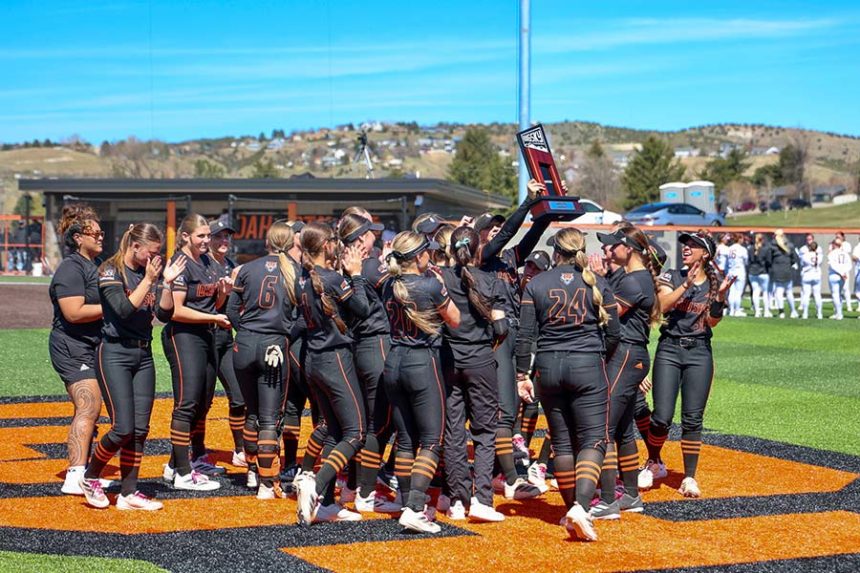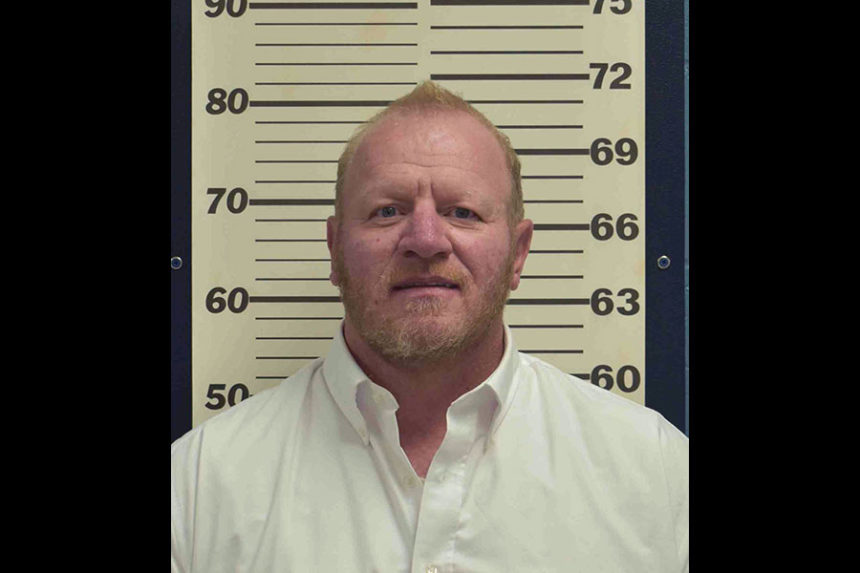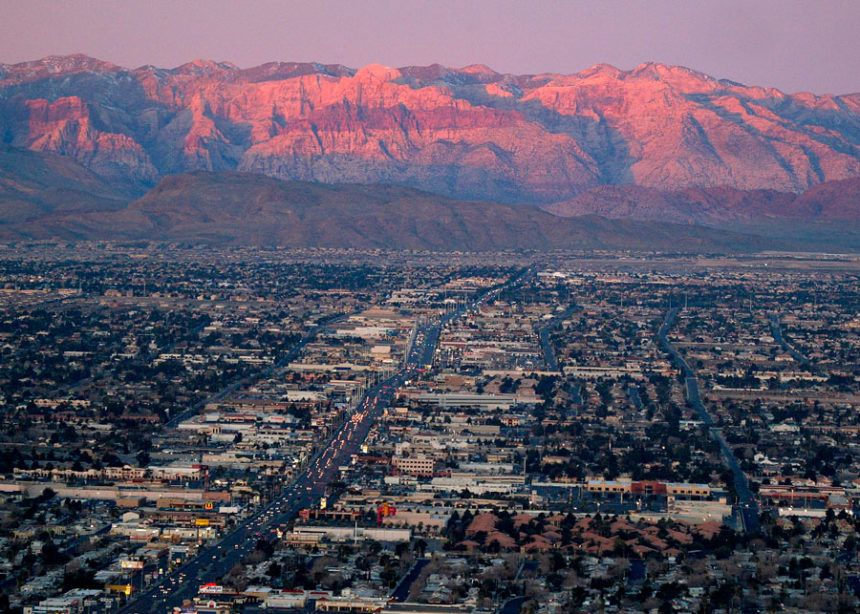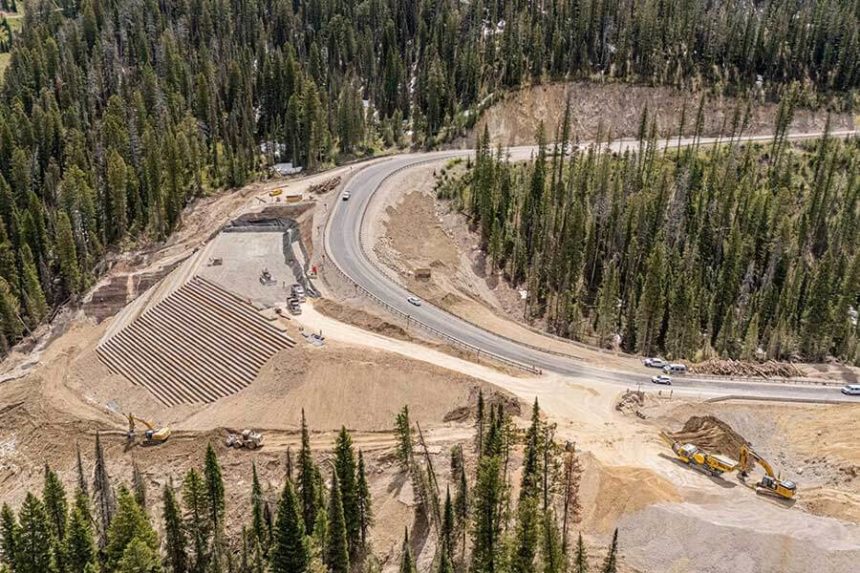IDAHO FALLS – As summer approaches and the growing season gets underway, a local legislator is working to manage Idaho’s water better.
Last fall, farmers across the state reached an agreement on a longterm water mitigation plan, ending a decades-long dispute. A number of aquifer recharge projects are in the works throughout eastern Idaho, including the
Enterprize Canal pipeline
. It diverts water from the Snake River to more than 200 farmers who irrigate 5,436 acres in the Ririe area.
RELATED | Locals feeling optimistic about new long-term water mitigation plan after decade-long dispute
Though the reservoirs are full this year, Sen. Kevin Cook, R-Idaho Falls, says one critical piece missing in effectively managing Idaho’s most abundant natural resource is water storage.
“During the runoff season, we send so much water down the river out to the ocean. Let’s keep it here in Idaho,” Cook tells EastIdahoNews.com. “If we’re storing water, that will allow us to do even more recharge down the road. It’s a good thing to do both of them together.”
RELATED | National Weather Service says farmers are in for a hot, dry summer as water users prepare for growing season
Cook cites multiple reasons why building dams and reservoirs for water storage is beneficial. He says it would provide stable irrigation for farms and ensure clean drinking water for growing communities. He also points out that it would generate affordable hydropower, protect towns and properties from floods, and boost local economies through recreation.
During the 2025 Legislative Session, he and Rep. Rod Furniss, R-Rigby, sponsored a non-binding resolution that was adopted in both chambers.
Senate Joint Memorial 101
calls on federal and state agencies to study and develop new water storage projects.
“Additional water storage in the Eastern Snake Plain continues to be a priority to help address extended periods of drought, population growth, and other demands associated with limited water resources in the state,” the resolution says.
The bill lists six different potential water storage sites that “could be built safely and economically and … provide significant long-term benefits to the State of Idaho.”
Among them is the reconstruction of the Teton Dam.
‘Those things it was built for … are more of a need now’
The U.S. Bureau of Reclamation originally built the dam in 1976 to provide irrigation water, flood protection, and the other things Cook mentioned above. The dam collapsed as the reservoir was being filled for the first time, leading to the historic Teton Dam Flood disaster. The Teton Reservoir, which was 270 feet deep and nearly 17 miles long, spilled about 80 billion gallons of water into eastern Idaho.
RELATED | The Teton Dam broke 44 years ago today. This man was sitting on it when it happened.
The flood killed 11 people and about 1,500 livestock. Homes and tens of thousands of acres of land were heavily damaged or destroyed. The Idaho Transportation Department estimates that about 3,000 people were made homeless by the disaster. Cleanup took months and cost over $2 billion – more than $8 billion in today’s dollars.
“The investigation of the dam’s failure determined that, although geological factors played a role in the disaster, design and operational decisions and a lack of information also played a role,” Cook’s resolution says. “The collapse of the dam was avoidable.”
The Bureau of Reclamation provided financial compensation to those who lost homes or property. After the disaster, the topic of rebuilding the dam was discussed. It’s unclear why it never happened.
Cook’s resolution notes that in 2007, the Idaho Department of Water Resources identified Teton Dam reconstruction as “one of two potential large-scale storage projects that warrant consideration.”
Over the last year, numerous people have mentioned the Teton Dam as a potential water storage project. Rexburg Mayor Jerry Merrill is among those who support the idea of rebuilding it.
“Those things it was built for are … more of a need now because of the growth of our area,” Merrill says. “The water curtailment (impacting) farmers last year was a pretty big deal. We’re going to see more of that in the future, unless we’ve got some ways to store water and have it available (for emergencies).”
Merrill notes that the Federal Emergency Management Agency (FEMA) has been working to expand floodplains in the Rexburg area. These actions, he says, would create challenges for future development.
He’d like more local control over flood prevention because it would result in consistent water flow year-round.
“(The Teton River) is pretty high in the spring, but later in the summer it trickles down to almost nothing,” says Merrill. “With storage facilities, we can hold water up here and if it’s needed, we can send it downstream and fulfill those water culls from prior years.”
Scott Johnson, Rexburg’s director of economic development, also supports the idea of reconstructing the Teton Dam and other water storage projects throughout eastern Idaho.
Other projects referenced in the bill include enlarging the Minidoka Dam, Jackson Lake Dam, Twin Springs Dam, Galloway Dam and Lost River Dam.
‘We need some action here’
When the Legislative session wrapped in April, Cook, along with other state legislators, made a trip to Washington, D.C. After meeting with President Donald Trump in the Rose Garden, he met with Idaho’s federal delegates. Although they expressed support for his resolution, he says they doubted voters approved of it and told him to “make some more noise” before they did anything about it.
Cook is now gathering signatures from people across the state. He’s hoping to return to D.C. in October to show Congress there is broad support for water storage projects in Idaho.
“I’d love to take the whole state of Idaho to go back there with me,” says Cook. “Let’s go back and hand this over to them and show them that we need some action here.”
As many signatures as possible are needed, but Cook is especially hoping to get signatures from at least 5% of the population in each of the counties positioned over the Eastern Snake River Aquifer. These include the counties impacted by the water curtailment order in 2024.
RELATED | Groundwater users avoid curtailment after reaching temporary settlement, but it isn’t over yet
A
petition he launched more than a week ago
has already garnered hundreds of signatures. Among them are Mayor Merrill, Sugar City Mayor Steven Adams, Idaho Falls Mayor Rebecca Casper, Blackfoot Mayor Marc Carroll, numerous state lawmakers, and other elected officials across the state.
Water storage projects are unlikely to move forward quickly once signatures have been gathered and handed to the feds.
Cook would like to see completed feasibility studies on the proposed projects in the next two to three years. After that, he’d like Congress to identify what’s viable and secure the necessary funding.
Cook says it will likely be 10 years before a major water storage project gets underway.
“The ultimate outcome is to observe improvements of water availability,” Cook says. “Water does not just affect farmers, it affects everybody. It’s a huge economic force in Idaho and we need to act early and act big to get something going.”
To sign the petition,
click here
.












